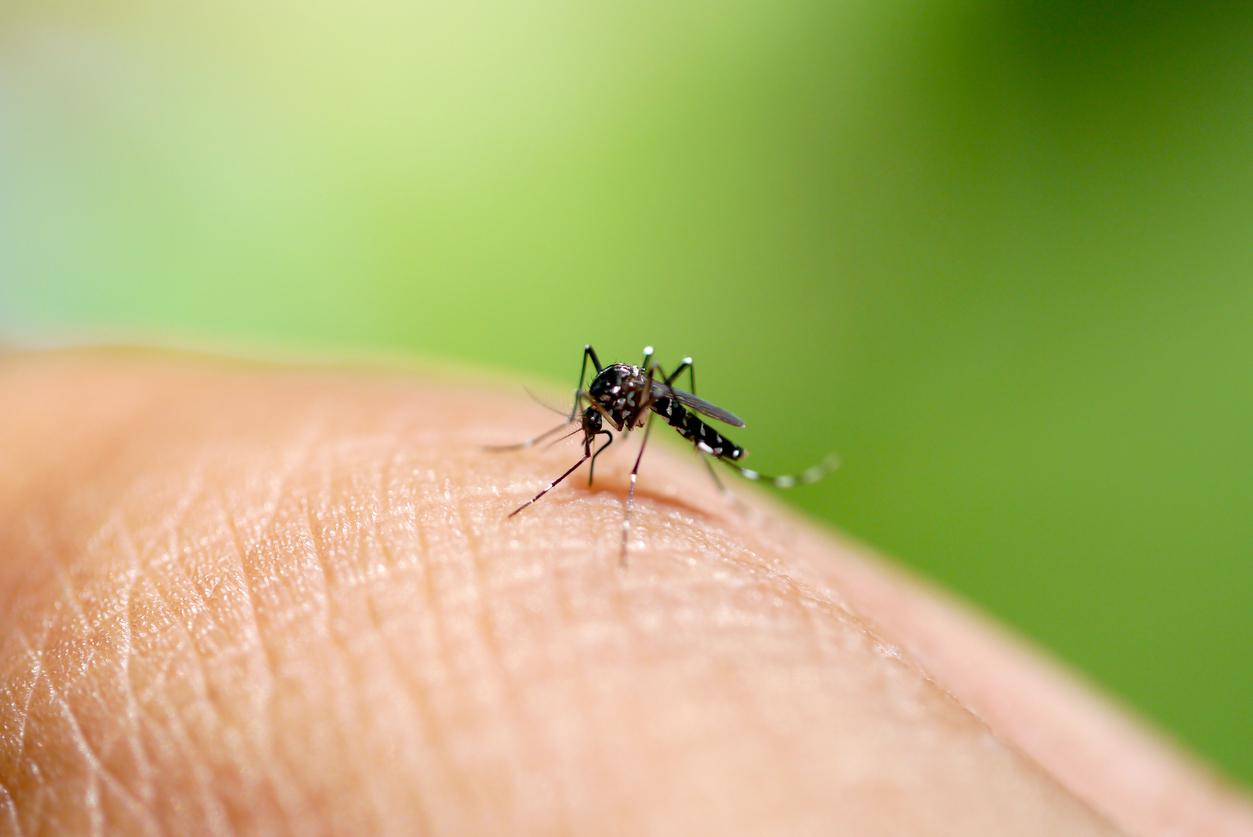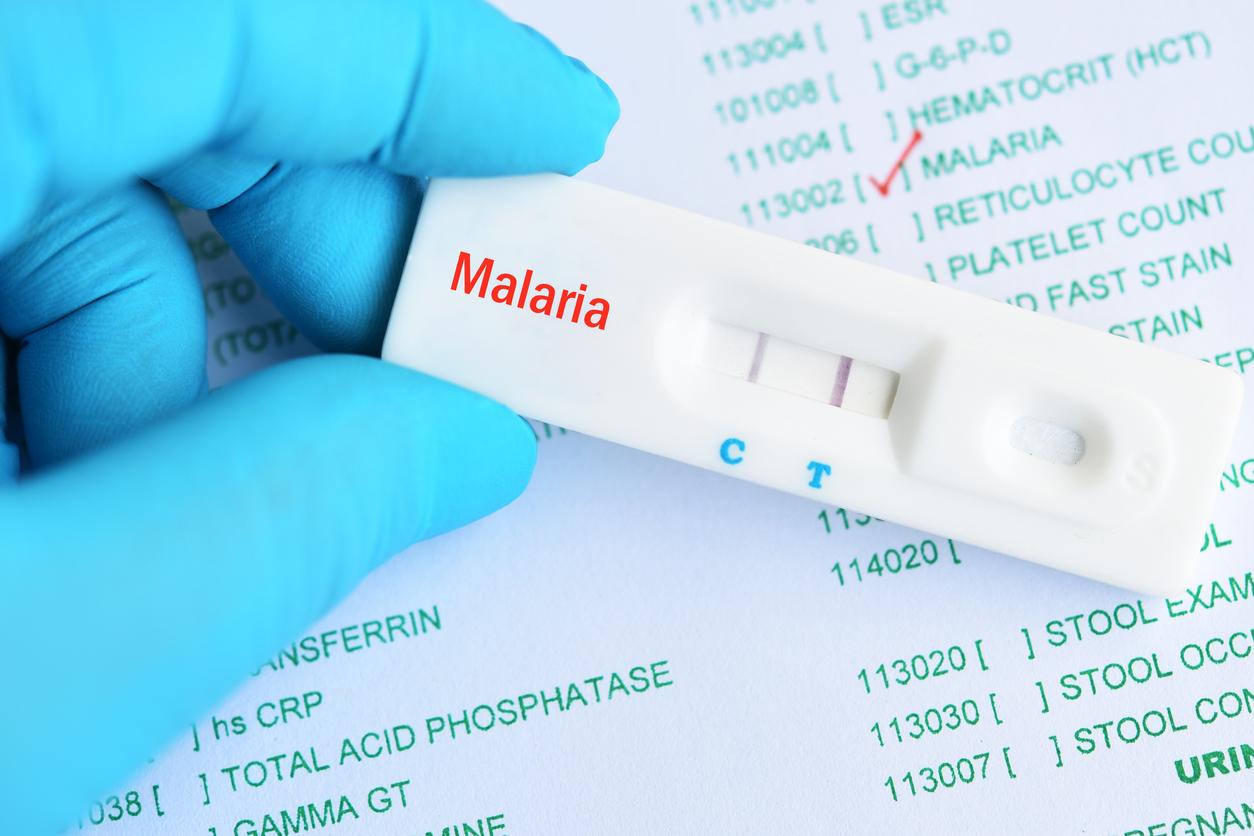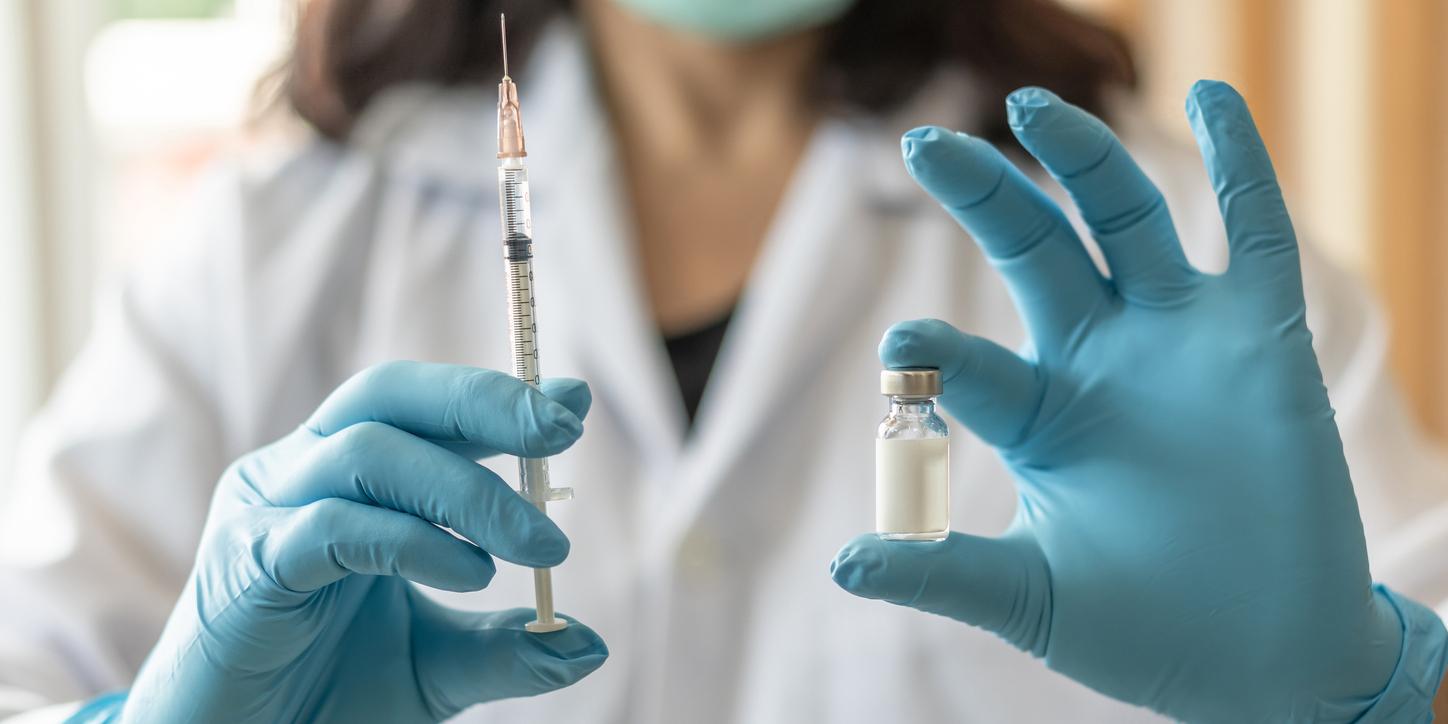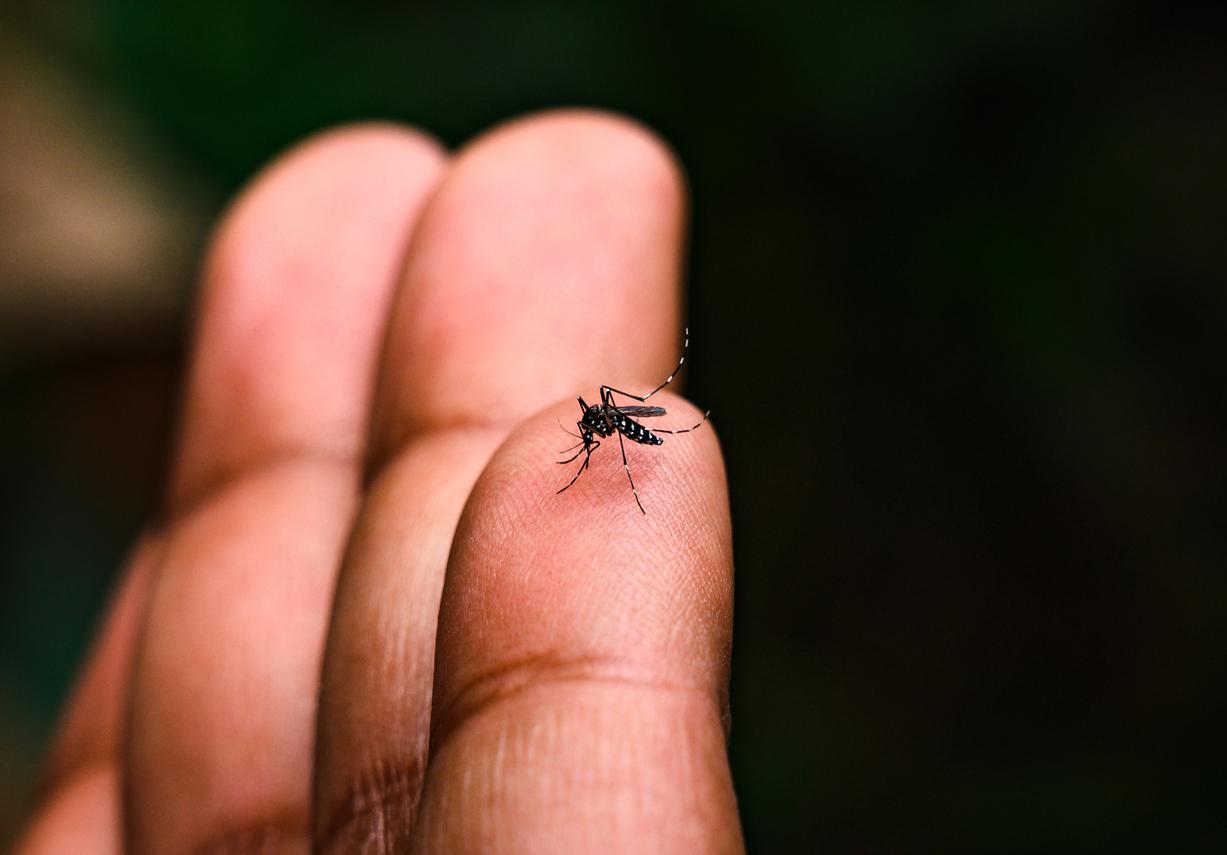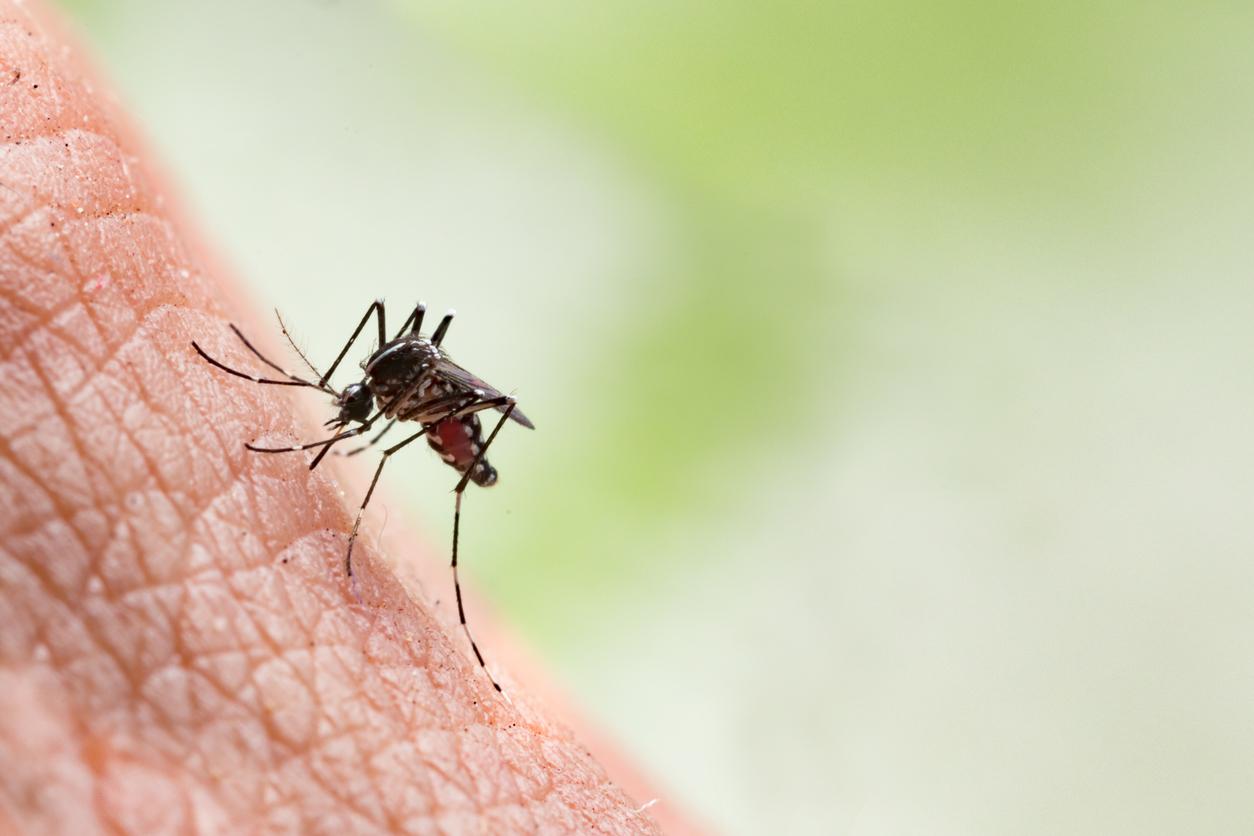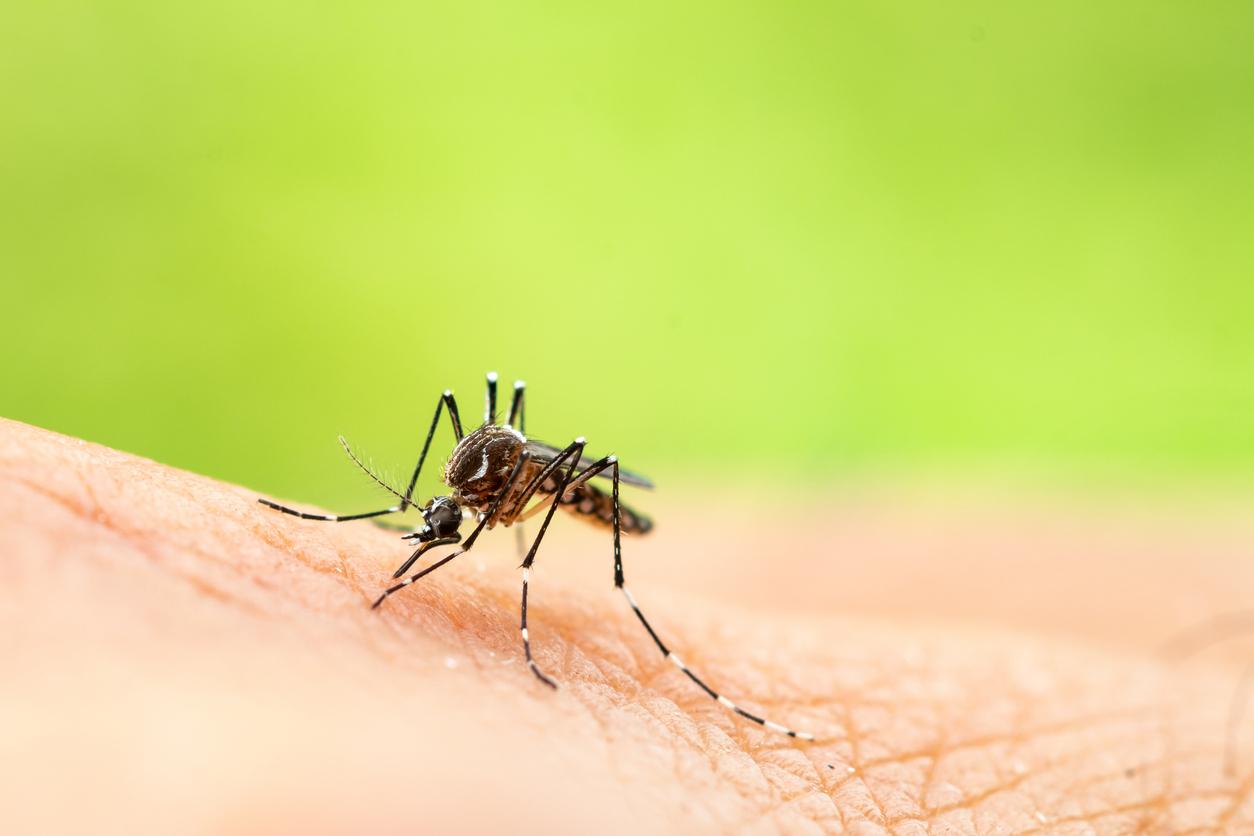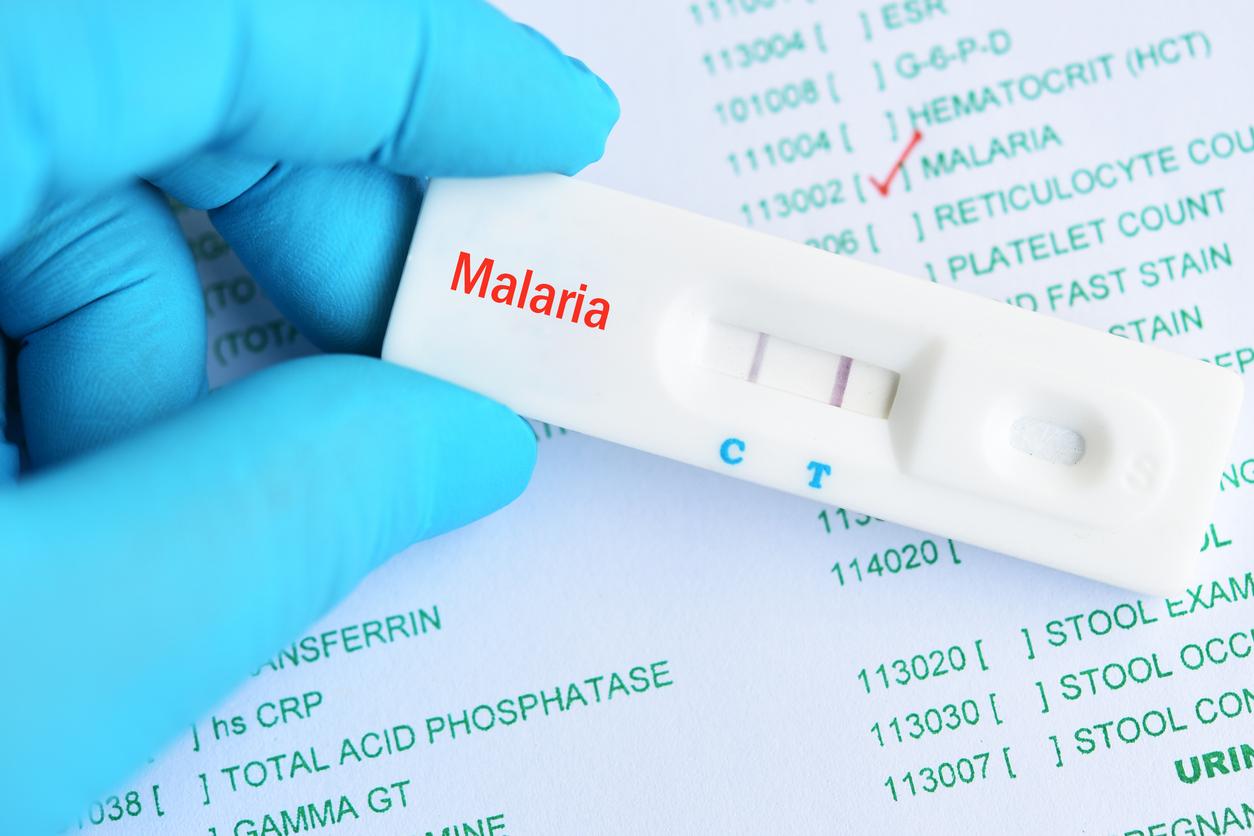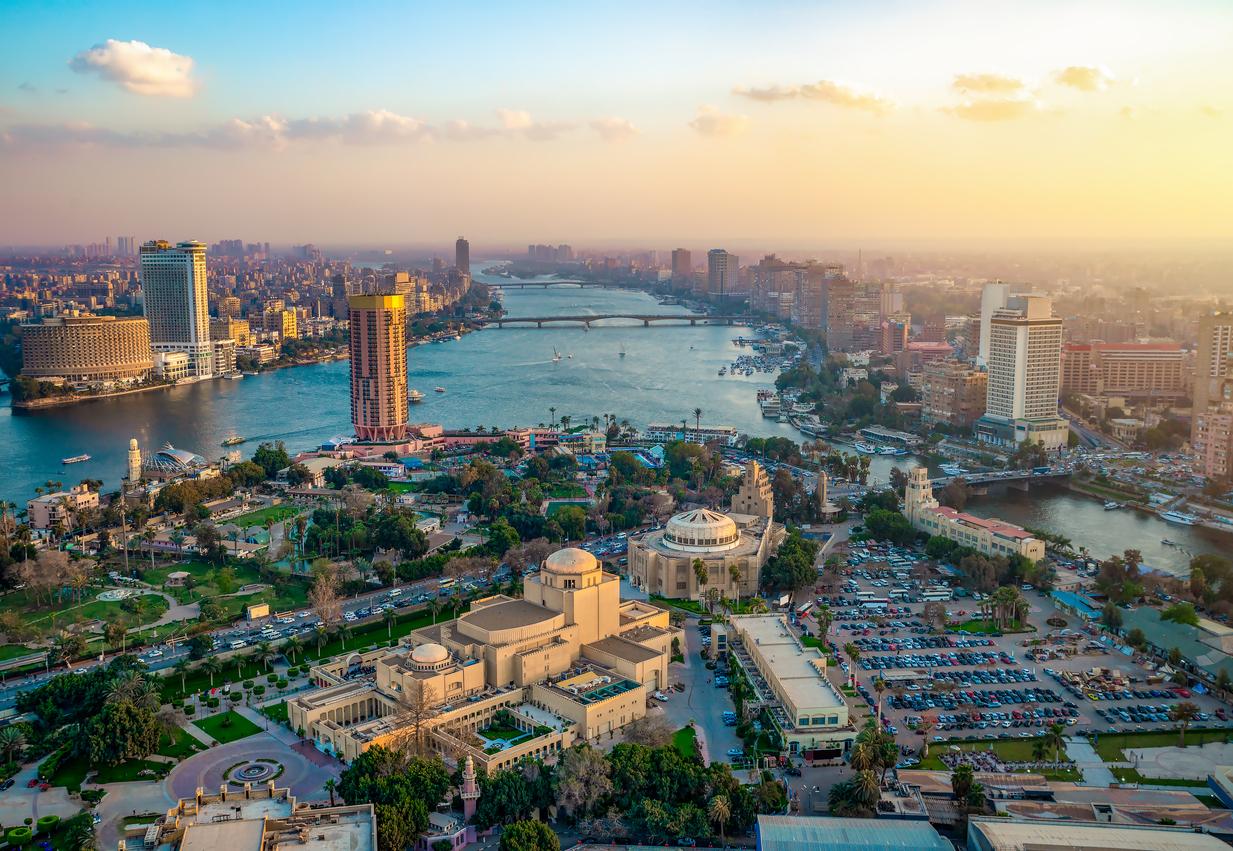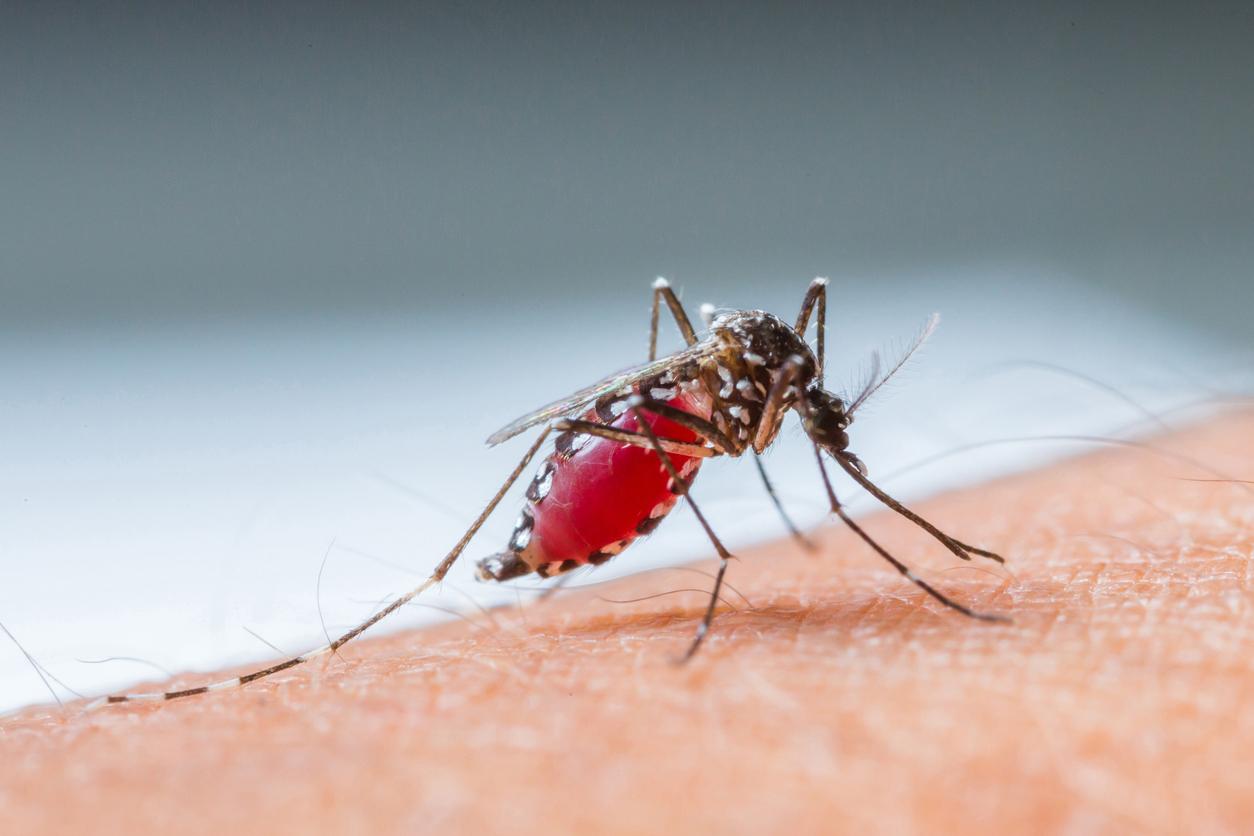Malaria is on the decline. According to a report by the World Health Organization, more than 3 million lives have been saved since the start of the 21st century.

The efforts in the fight against malaria have paid off according to the World Health Organization (WHO). In its latest report on malaria in the world, published on December 11, the United Nations agency announces that 3.3 million lives have been saved since the start of the 21st century.
331 million treatments in 2012
With the increase in the world population, one might have feared an increase in the number of cases of malaria infection. But the WHO notes that prevention and control measures have extended to the point of reducing the incidence of the disease by almost a third. Diagnostic tests are making clear progress, as is access to artemisinin-based combination therapy (ACT). These treatments, recommended by the agency, come from a Chinese plant. Their proportion increased from 76 million treatments in 2006 to 331 million in 2012.
These methods of preventing and combating malaria have made it possible to reduce the death rate almost by half worldwide. Africa derives the main benefit: it is on this continent that the majority of lives have been saved, mainly those of children under five.
3 billion people still at risk
“This remarkable progress is no reason to relax our efforts: in absolute numbers, the number of malaria cases and deaths is not falling as quickly as it could,” said Dr Margaret Chan, Director General of the WHO. In fact, there were still 207 million cases of malaria in 2012, of which 627,000 were fatal. And the risk still concerns half of the world’s population. Africa is again at the forefront, with 80% of recorded cases, but Southeast Asia is also concerned.
In addition, if the prevention of malaria has proved its worth since 2005, it has slowed down since 2010. Interventions to fight against mosquitoes are increasing less rapidly, the level of access to mosquito nets is starting to stagnate. Some 136 million insecticide-treated mosquito nets were delivered to populations at risk this year, but 150 million are still needed to effectively prevent malaria. The lack of funds to finance these preventive strategies is singled out as the main cause by the report.
Resistance threatens
In order to continue the fight against malaria, the WHO therefore calls for funding. Funds committed in 2012 amount to $ 2.5 billion. This would need to be doubled to guarantee universal access to the various prevention and control interventions. But this funding is unpredictable and variable, which represents a first threat to the progress made.
The second threat to the fight against malaria lies in the parasite itself. Some plasmodiums (parasite responsible for the disease) develop resistance to artemisinin, the essential component of ACTs. This is the case in 4 countries in Southeast Asia. Mosquitoes are beginning to resist insecticides better. More than 60 countries are affected by this resistance. “The remarkable progress made against malaria is still fragile,” notes Dr Robert Newman, WHO Director of the Global Malaria Program. “Over the next 10 to 15 years, the world will need innovative tools and techniques, as well as strategic approaches to sustain and accelerate progress. “
WHO is therefore developing a global strategy to eradicate Plasmodium vivax malaria, which accounts for half of the cases in the world, but only 9% of the cases in Africa. It is therefore only a first step towards eliminating the disease. The development of a vaccine by the GlaxoSmithKline laboratory also gives hope for a major breakthrough in the fight against malaria.
.






